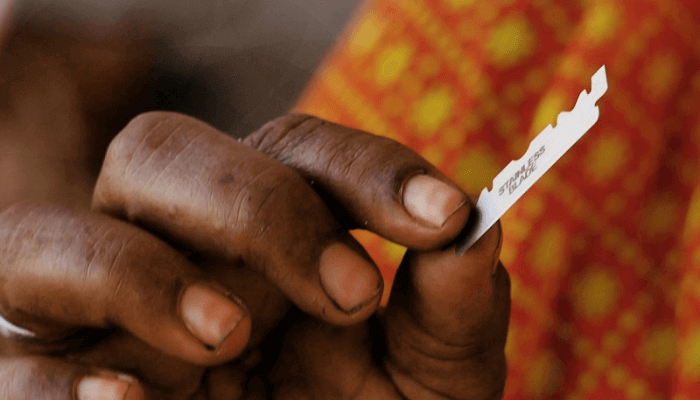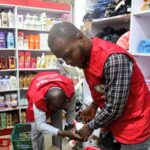Rooting out female genital mutilation in Nigeria demands concrete, community-driven solutions that challenge age-old traditions with compassion and courage.
Despite decades of advocacy, an estimated 19.9 million Nigerian women and girls have undergone FGM–the third highest number of survivors in the world.
The persistence highlights how deeply cultural traditions and social pressures continue to shape the lives of girls and women.
Statistics report a mixed picture of progress and challenges. National surveys show prevalence among adult women dropped from 18% to 15% between 2016 and 2021.
Among girls aged 0–14 years, the decline is even sharper–from 25% to just 8%.
These gains reflect the impacts of advocacy, grassroots campaigns, and legal reforms.
But the fight is uneven. In Imo State, for example, FGM prevalence among women is still about 38%. Other South-East states–Ebonyi, Enugu, and Abia– report double-figure percentages among adult women, even though younger girls show lower percentages.
This variation underscores one truth: solutions must be localised.
Engaging men and boys
A promising approach is bringing men into the conversation. Fathers, uncles, and male elders often hold the final say in family decisions.
Programmes that enlist men as advocates in homes, schools, places of worship, and communities are starting to shift the perception of FGM from a misguided act of care to a violation of love and dignity.
When men are informed and engaged, they can be powerful voices in breaking cycles of silence.
Another solution is expanding campaigns in local languages to challenge the myths that drive FGM.
The belief, for instance, that cutting prevents promiscuity or guarantees submission has no scientific basis. Local media and community dialogue can be effective in reversing such myths.
Turning FGM laws into protection
On the policy front, Nigeria’s Violence Against Persons Prohibition (VAPP) Act criminalises FGM.
However, its effectiveness has been weakened by poor enforcement, stigma, and ignorance.
Strengthening the link between communities, law enforcement and social services could turn legislation into real protection for girls.
In addition, confidential reporting channels and safe spaces for survivors are critical to break the silence, offering girls not only safety but also avenues for healing and dignity.
In spite of the setbacks, there are reasons for cautious optimism. UNICEF warns that the number of girls at risk could increase to 4.6 million by 2030 if urgent action is not taken, but the steady decline among younger girls shows that change is achievable.
The solution is to amplify grassroots movements: cultural dialogue, survivor-led networks, and inclusive campaigns that make men feel part of the fight.
FGM should be reframed not as a woman’s agenda but as a national agenda to keep girls safe.
Redefining tradition means showing families that the truest expression of love is not cutting a girl but safeguarding her health, dignity and future.
Summary not available at this time.






